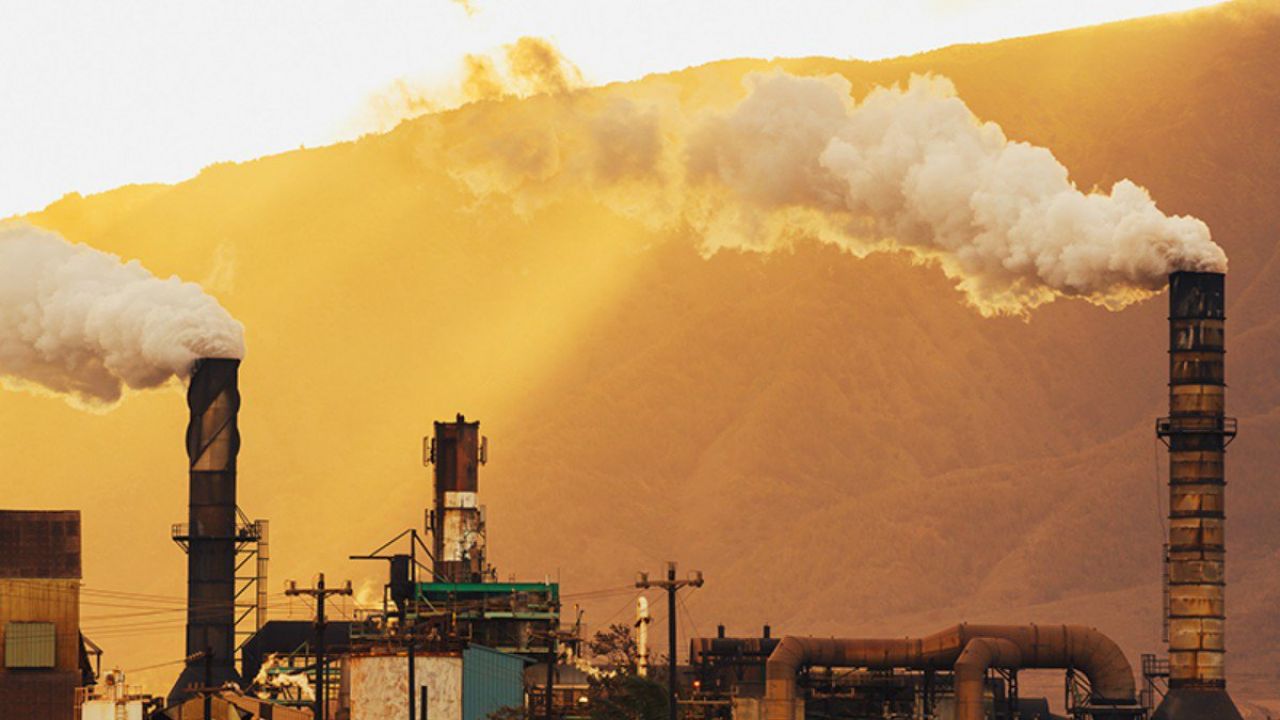
This week Capitol Hill was abuzz with talk of climate change. Along with the hotly anticipated unveiling of a framework for the Green New Deal, the House Energy and Commerce Committee held a hearing on the environmental and economic effects of the climate crisis. Both centered on a crucial question: Can the U.S. transition quickly to 100 percent renewable energy sources?
At the House hearing, witnesses across the ideological spectrum agreed that climate change is an enormous threat to national and global security, that federal engagement in both policy and action is essential, and that the transition must support communities and workers impacted by the move away from fossil fuels. Good. But each of the witnesses endorsed the all-of-the-above approach – that the transition must include natural gas plants and nuclear reactors.
We recently argued against that notion, saying that natural gas and nukes are neither clean nor safe. But there are two more reasons: They’re too expensive, and they will slow down the transition to renewables.
New, large-scale wind and solar installations are already competitive in cost with existing coal and nuclear plants. As these plants age, their operating costs escalate, and for nukes, the longer they operate, the chance of a catastrophic accident greatly escalates.
States including Illinois, New York and New Jersey are bailing out some of their old nuclear plants with billions of dollars of ratepayer money – resources that could be better spent building out renewables, energy efficiency and battery storage technology. Keeping these aging and costly plants running gives utilities an incentive to tamp down any renewable and efficiency investments that might threaten their economics. Across the nation, big utilites are working to derail customer-owned solar and weakening energy efficiency programs that potentially cut into their profit margins.
This also goes for natural gas plants. Last year, the Rocky Mountain Institute estimated that $112 billion in natural gas plants, either under construction or planned, were threatened financially by declining costs of wind, solar and energy storage. Once built, utility companies will jealously protect those investments. The preference of the all-of-the-above crowd for building out natural gas plants before seriously considering renewable energy is setting us up for yet another massive ratepayer bailout of the utility industry.
Utilities are holding workers and communities hostage while they enjoy excessive profits from building increasingly expensive power plants, whose costs are passed on to ratepayers. Their accomplices are state policies that bail out money-losing plants instead of helping workers and communities while moving quickly away from jobs and a tax base built on fossil fuels or nuclear energy.
A more sane, safe and fair approach can be found in a recent report by the Nuclear Information Resource Service and the Alliance for a Green Economy. They compared the cost of keeping the FitzPatrick nuclear plant, in New York, running with taxpayer subsidies to replacing it with wind and energy efficiency.
They found that replacing the plant with clean options would not only be cheaper but also create twice as many jobs. A bailout would cost $40 million to $60 million a year – money that could be used to support the community’s tax base and displaced workers during the transition. Some plant workers could stay on for the years it takes to decommission a reactor, and others retrained for jobs in energy efficiency or wind jobs.
Transition policies should support people instead of utilities. Workers can leave behind jobs in old energy technologies that are inevitably and irreversibly dying. Moving to renewables and efficiency now, rather than later, can save communities money while making them safer and healthier.



